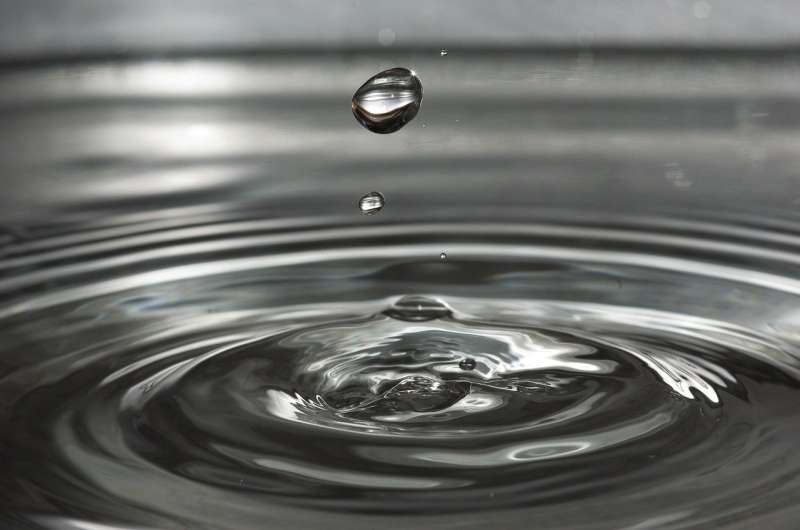New system designed to monitor the water quality of rivers

Water distribution networks, as well as river and maritime ecosystems near the coast, can be exposed to involuntary contamination that can alter the quality of the water. This can threaten human health if the water is used as a source of drinking water, as well as threatening the stability of the aquatic ecosystems. The companies that manage water for human consumption use systems to monitor the quality of the water. However, in river and maritime settings, the methods used depend on a laboratory analysis that can take several days. To prevent early deterioration of the quality of the water, real-time monitoring of the main parameters is required.
From their laboratories in the Vera campus, and with funding from the Valencian Innovation Agency (AVI), NTC researchers have developed a system that enables the continuous monitoring of the level of contamination of a river's water through the deployment of a network of underwater sensors interconnected by way of fiber optics cables. These cables has been specially designed to be placed along the riverbed and exhibit resistance and durability, high transmission capabilities and resistance to mechanical traction.
The monitoring system uses probes to measure water quality at different locations of the riverbed, and includes the subsystems necessary to transmit data through the underwater fiber optics cables. The data is sent to a remote station located on the shore, where it is processed to obtain measurements in real time and can set off contamination alarms when necessary.
Demonstration in Pedralba
The system was assessed in the irrigation canal of Pedralba, which belongs to the Irrigation Association, and whose waters come from the Túria river. "The demonstration has made it possible to verify the correct operation of the developed systems, and has laid the foundations for the development of a network of communications with fiber optics placed on the riverbed that makes it possible to continuously monitor, in the long term, the water quality parameters of a large number of locations," explains Roberto Llorente, researcher of the NTC.
Provided by Asociacion RUVID
















